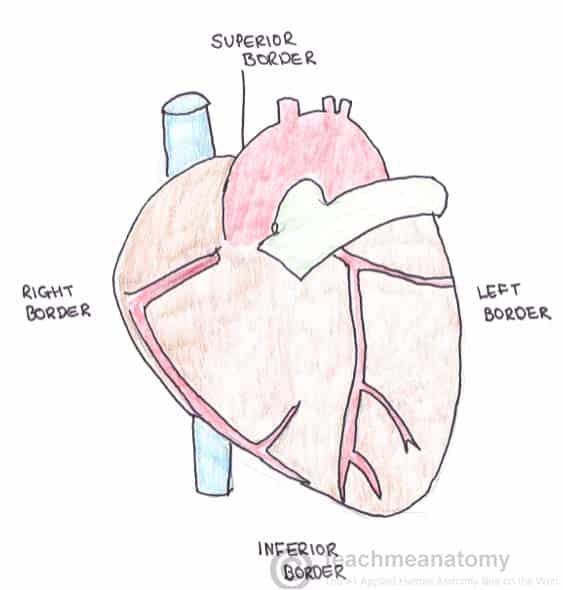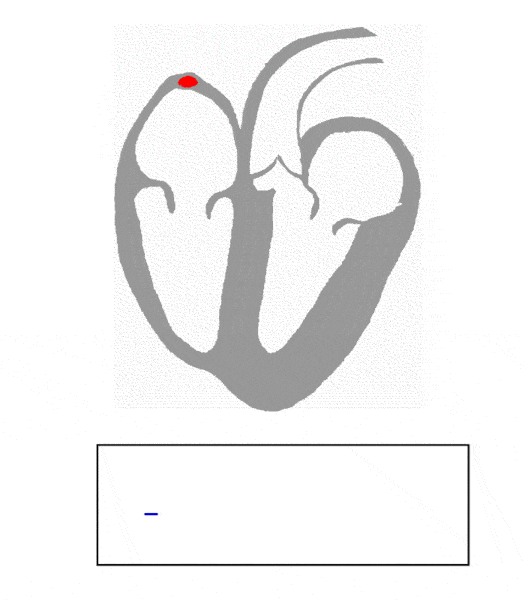1. Water
The standard recommendation for drinking water is 8 glasses of water But drink as much as you need.

This should come as no surprise to you. Since urine is the means through which kidneys flush out toxins from the blood, having sufficient water is your best bet to keep the blood clean. As with a deep cleanse of your home, a proper purification regimen for your blood will require you to incorporate plenty of water. Staying hydrated can help your kidneys flush out the impurities in the body, aided by the fiber and minerals from all the other blood purifying foods.
Ayurveda outlines an ideal way to have water for detox benefits. Keep some warmed water in a copper vessel overnight and drink it next day morning when you wake up. The copper cools your liver and the water helps with waste elimination and purification of the blood.
2. Garlic
Garlic is antibacterial and can cleanse your system of viruses and parasites that could harm it. This pungent food removes excess fat from the blood. In the bargain, it lowers the levels of bad LDL cholesterol and total serum cholesterol in your body.
Lead is a common toxin lurking in paint and other household objects that pollutes the blood. Garlic can bring down lead levels by 19%.

Exposure to toxic metals can pollute your blood and body, causing all manner of problems – from cramps and appetite loss to brain damage. The antioxidants in garlic not only detoxify your body as a whole but can also fight mild-to-moderate lead poisoning. You are often exposed to this metal through lead paints, contaminated dust, etc. Garlic can reduce metal levels by as much as 19% and ease toxicity symptoms like headaches. Research has shown that the sulfur compounds in garlic have a therapeutic effect not unlike that of d-penicillamine (used for treating lead poisoning). Garlic could, in fact, be a safer option to cleanse your body of the heavy metal.
3. Jaggery

Though sweet, jaggery helps detox the blood.
A popular ingredient from India, this golden-brown unrefined sugar is also known to be a good blood purifier. Its fiber content helps it cleanse the digestive system, prevent constipation, and expel waste from the body. Because of the high iron content, it can help sort out an iron deficiency and restore hemoglobin levels. If you’ve just had a baby, jaggery can help expel clotted blood from the body, acting as a natural cleanse/flush for your blood.
4. Turmeric
Turmeric on its own is a wonderful natural healer that can fight inflammation. It can help treat liver trouble and even keep it functioning optimally. And this is important because the liver and kidneys are the two primary centers for cleansing the blood of impurities and purging them from the body.
Infuse black pepper, cardamom, cinnamon, cloves, and ginger in a glass of turmeric milk for blood-purifying benefits.

When this golden spice is combined with milk, its purification powers go up a notch. Turmeric milk figures prominently in liver cleanse diets in Ayurveda. One such diet recommends turmeric milk that has been infused with spices like black pepper, cardamom, cinnamon, clove, and ginger for 72 hours. This drink is supposed to help your body generate fresh red blood cells besides plying your system with nutrients and acting as a good health tonic.
5. Fresh Fruit Like Apples, Pears, And Guavas
Don’t peel fruits like apples and guava. The peel is a richer source of antioxidants.

The pectin fiber in fruit like apples, guavas, plums, and pears is useful for detoxifying the blood. Besides binding with the excess fats in your blood as well as liver, pectin also combines with heavy metals and other harmful chemicals or waste in your blood stream. The fiber helps with the fat removal, while the lycopene and glutathione in the fruits are useful for eliminating waste and chemicals. Lycopene is found in red fruits like watermelon and pink guava while apples are a good source of glutathione.
6. Lemon
Warm water with lemon juice is recommended in both Ayurveda and naturopathy as a good start-of-day drink to cleanse the blood. As per Ayurveda, this helps release the “ama” or toxins in your digestive tract, cleansing your system.
A warm glass of lemon water in the morning can increase glutathione in your body, which helps the liver detox the blood better.
Research also backs this up. The warm water aids in the breakdown of fat and also eases the load on your kidneys and the vitamins and minerals in the lemon help the body detox. The vitamin C, in particular, is needed by your body to create glutathione. Your liver then uses this compound to purge your blood of harmful chemicals.
7. Dark Green Leafy Vegetables
Not only do leafy greens like spinach supply your blood with iron to help maintain the hemoglobin levels, they also check free radical damage to the blood cells.
Not everyone’s a fan of dark green leafy vegetables. But they can be very useful thanks to their abundant nutrient content (vitamins A and C, as well as B vitamins, folic acid, and iron). The antioxidants in these vegetables help remove harmful free radicals, responsible for cell damage to red blood cells. By limiting free radical damage to blood cells, these vegetables help keep your blood replenished with new cells. Choose from kale, spinach, Romaine lettuce, or even mustard greens and Swiss Chard.
8. Cabbage
Cook the cabbage well if you suffer from hypothyroidism. Cooking removes the goiter-causing substances.

Cabbage is considered in Ayurveda as a blood purifier. This leafy cruciferous vegetable has antioxidants like vitamins A and C that are good for your liver. The fiber in cabbage helps cleanse the digestive tract. It can neutralize chemical compounds like those in cigarette smoke and cleanse your liver, too. The glucosinolates in cabbage (which give cruciferous vegetables their distinctive taste) break down to form isothiocyanates. These help expel carcinogens in the body.
9. Oats, Wheat Bran, And Nuts

These fiber-rich whole grains and nuts are a must-have for their ability to rid your system of excess fat, chemicals, and waste. The high fiber content in foods like oats, whole grains, wheat bran, flaxseeds, and nuts lowers blood cholesterol and glucose levels, cleanses your intestinal tract, eases constipation, and helps your body eliminate waste better.
10. Watercress

This may not be your usual mealtime staple, but watercress is a delicious alternative to regular greens. It helps increase levels of detoxification enzymes in the body. It also eliminates carcinogens in the body in much the same way as cabbage does – through the action of the glucosinolates in it. In one study on the effects of watercress intake on smokers, researchers found that just 170 g a day resulted in higher levels of carcinogens being expelled in the urine, leaving the blood and body more purified.
Besides incorporating these blood-purifying foods in your diet, remember to avoid foods that increase cholesterol and triglycerides and foods that increase glucose in the blood.




